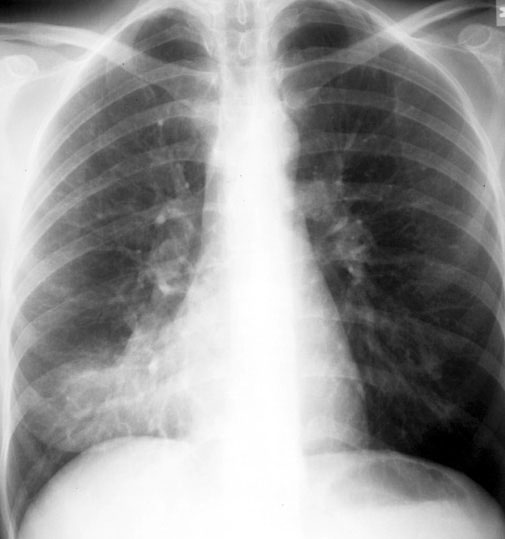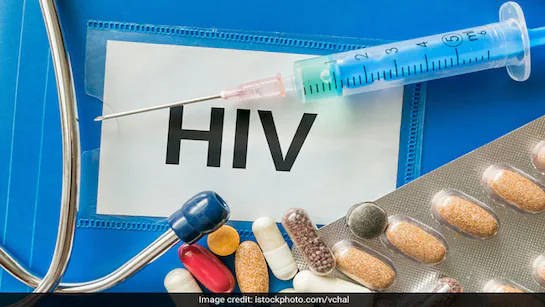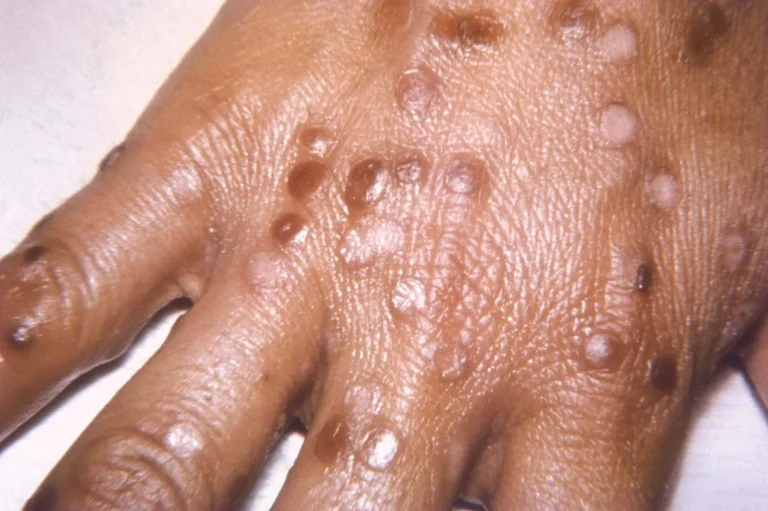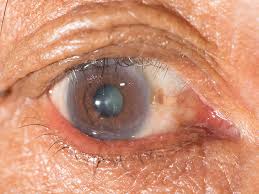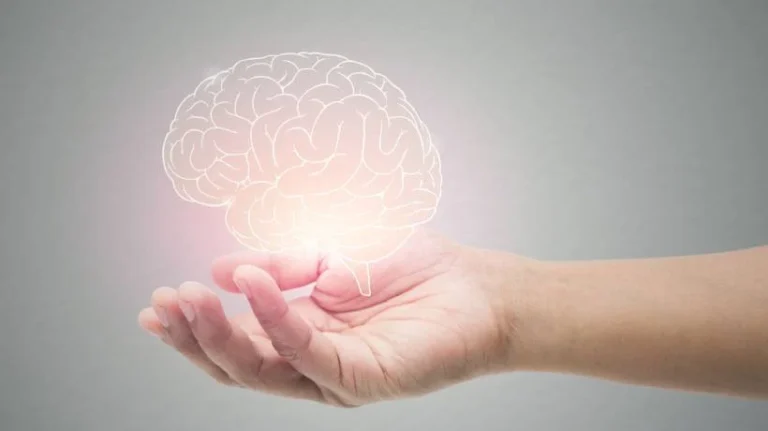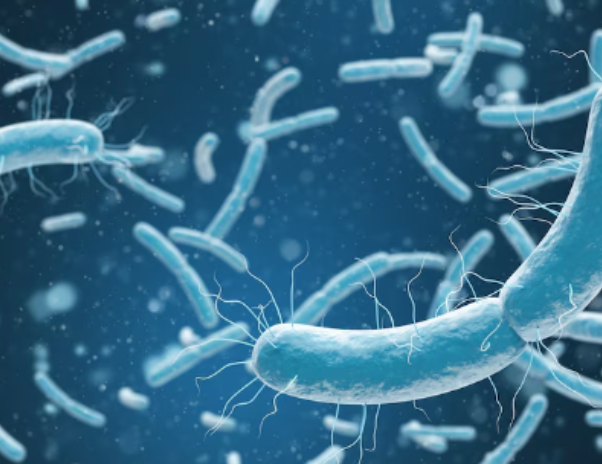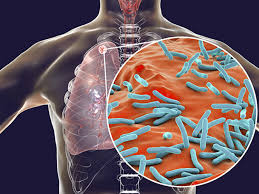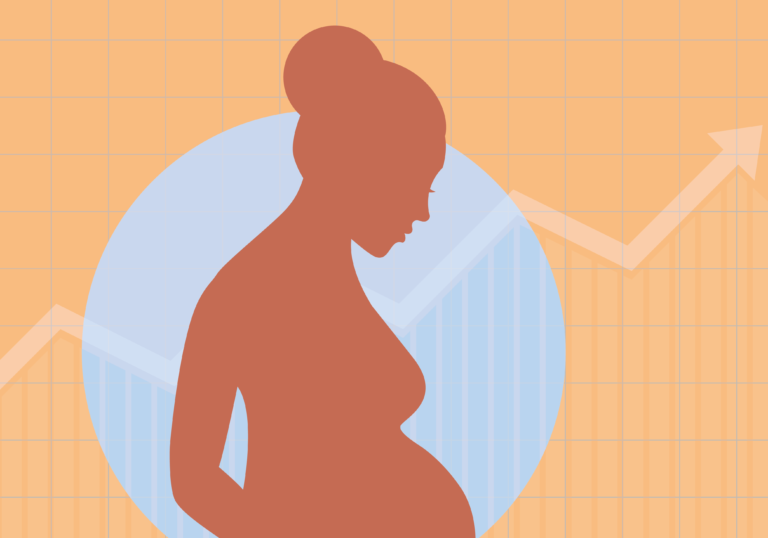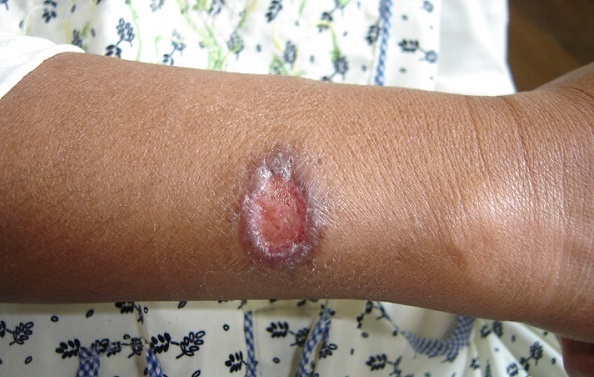Infertility

Infertility, defined as the inability to conceive after 12 months of regular, unprotected intercourse, affects a significant number of couples worldwide. It’s a complex issue with various contributing factors, requiring a thorough understanding of reproductive health and available treatment options.
Understanding Infertility:
- Definition:
- Infertility is not just a female issue; it affects both men and women.
- It’s diagnosed after 12 months of trying to conceive for couples under 35, and after 6 months for couples 35 or older.
- Infertility is not just a female issue; it affects both men and women.
- Types:
- Primary Infertility: The couple has never conceived.
- Secondary Infertility: The couple has conceived previously but is now unable to.
Causes of Infertility:
Infertility can arise from a range of factors affecting either partner or both.
- Female Factors:
- Ovulation Disorders: Problems with the release of eggs, such as polycystic ovary syndrome (PCOS), premature ovarian insufficiency (POI), and hypothalamic dysfunction.
- Fallopian Tube Blockage: Caused by pelvic inflammatory disease (PID), endometriosis, or surgery.
- Endometriosis: Growth of uterine tissue outside the uterus.
- Uterine Fibroids or Polyps: Noncancerous growths in the uterus.
- Cervical Factors: Problems with cervical mucus or cervical stenosis.
- Age-Related Infertility: Decline in egg quality and quantity with age.
- Ovulation Disorders: Problems with the release of eggs, such as polycystic ovary syndrome (PCOS), premature ovarian insufficiency (POI), and hypothalamic dysfunction.
- Male Factors:
- Sperm Disorders: Low sperm count, poor sperm motility (movement), or abnormal sperm morphology (shape).
- Varicocele: Enlargement of veins within the scrotum.
- Ejaculation Disorders: Retrograde ejaculation or premature ejaculation.
- Hormonal Imbalances: Low testosterone levels.
- Genetic Factors: Chromosomal abnormalities.
- Lifestyle Factors: Smoking, excessive alcohol consumption, and drug use.
- Sperm Disorders: Low sperm count, poor sperm motility (movement), or abnormal sperm morphology (shape).
- Unexplained Infertility:
- In some cases, no specific cause can be identified.
- In some cases, no specific cause can be identified.
Diagnosis:
A thorough evaluation is essential for diagnosing infertility.
- Female Evaluation:
- Medical History: Review of menstrual cycles, past pregnancies, and medical conditions.
- Pelvic Examination: To assess reproductive organs.
- Ovulation Testing: Basal body temperature charting, ovulation predictor kits, and hormone tests.
- Hysterosalpingography (HSG): X-ray to examine the fallopian tubes and uterus.
- Laparoscopy: A minimally invasive surgery to visualize the pelvic organs.
- Ovarian Reserve Testing: to assess egg quality and quantity.
- Male Evaluation:
- Semen Analysis: To evaluate sperm count, motility, and morphology.
- Hormone Testing: To assess testosterone and other hormone levels.
- Scrotal Ultrasound: To examine the testicles and surrounding structures.
- Genetic Testing: To identify chromosomal abnormalities.
- Semen Analysis: To evaluate sperm count, motility, and morphology.
Treatment Options:
Treatment for infertility depends on the underlying cause.
- Medications:
- Ovulation-Inducing Drugs: Clomiphene citrate, letrozole, and gonadotropins.
- Hormone Therapy: To correct hormonal imbalances.
- Ovulation-Inducing Drugs: Clomiphene citrate, letrozole, and gonadotropins.
- Surgical Procedures:
- Laparoscopic Surgery: To treat endometriosis, remove fibroids, or repair fallopian tubes.
- Varicocele Repair: To improve sperm quality.
- Assisted Reproductive Technology (ART):
- Intrauterine Insemination (IUI): Placing sperm directly into the uterus.
- In Vitro Fertilization (IVF): Fertilizing eggs with sperm outside the body and then transferring the embryo to the uterus.
- Intracytoplasmic Sperm Injection (ICSI): Injecting a single sperm directly into an egg.
- Donor Eggs or Sperm: Using donor gametes when necessary.
- Gestational Carrier: Using a surrogate to carry the pregnancy.
- Intrauterine Insemination (IUI): Placing sperm directly into the uterus.
- Lifestyle Changes:
- Maintaining a healthy weight. Quitting smoking.
- Limiting alcohol and caffeine intake.
- Managing stress.
- Maintaining a healthy weight.
Emotional and Psychological Impact:
Infertility can have a significant emotional and psychological impact on couples.
- Stress and Anxiety: The process of trying to conceive can be stressful and emotionally draining.
- Relationship Strain: Infertility can strain relationships.
- Depression: Some individuals may experience depression.
- Support Groups and Counseling: Seeking support from others who understand the challenges of infertility.
Prevention:
While not all causes of infertility are preventable, certain measures can reduce the risk:
- Protecting Against STIs: Using condoms to prevent infections that can damage reproductive organs.
- Maintaining a Healthy Lifestyle: Eating a balanced diet, exercising regularly, and avoiding harmful substances.
- Seeking Early Medical Care: Addressing any reproductive health concerns promptly.
- Regular checkups.
Infertility is a challenging but often treatable condition. Seeking professional medical advice is essential for accurate diagnosis and appropriate management.
